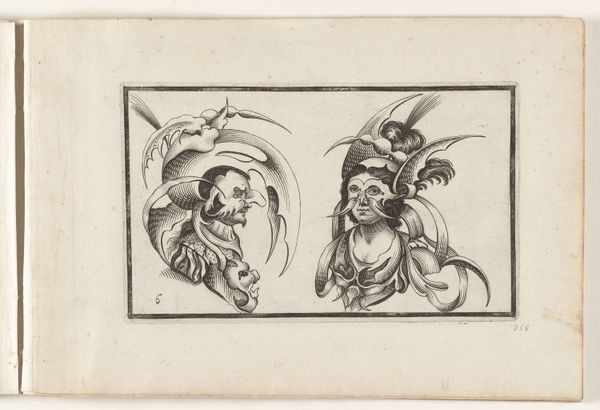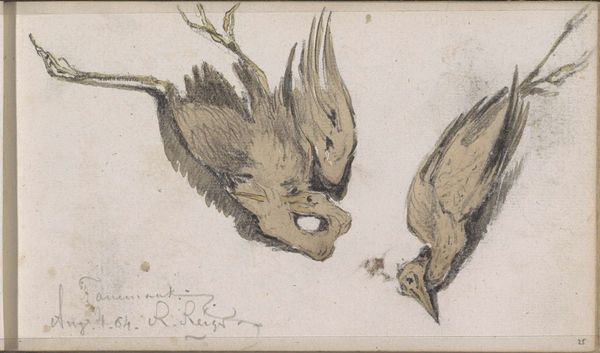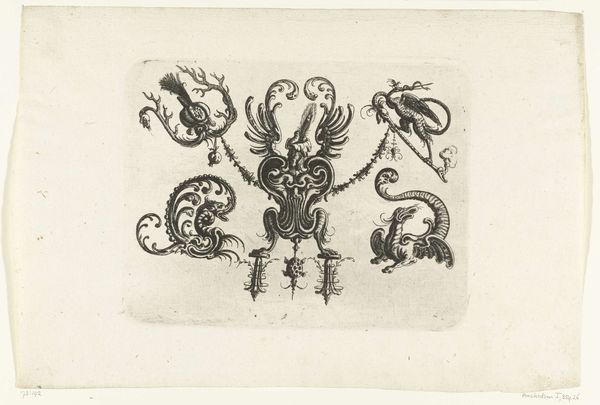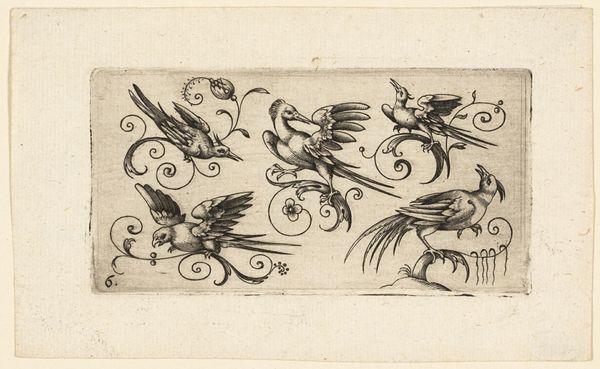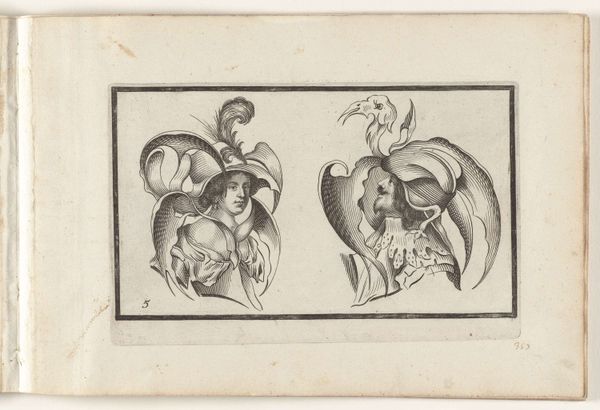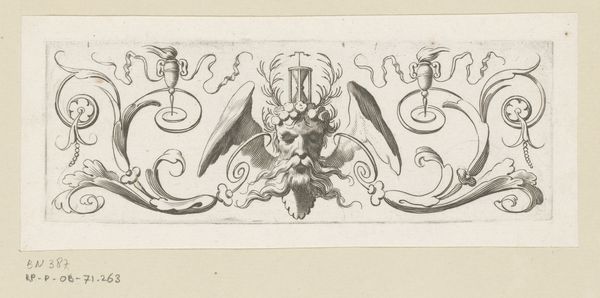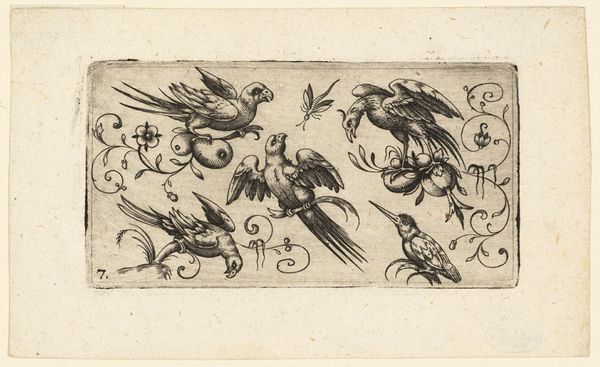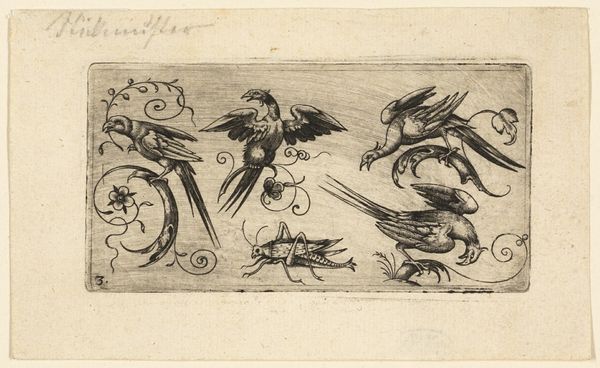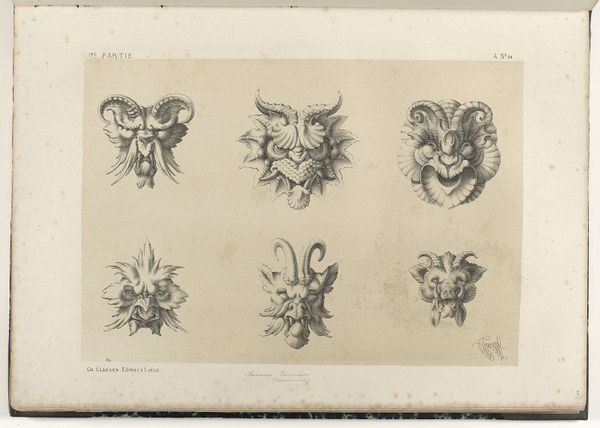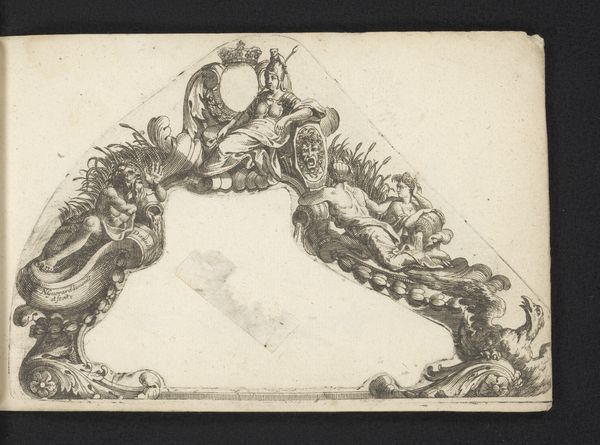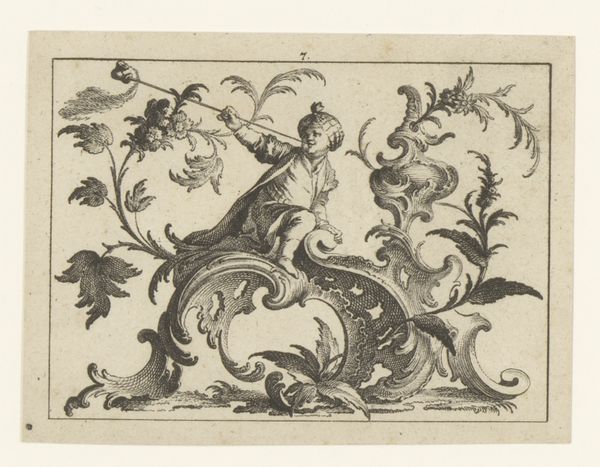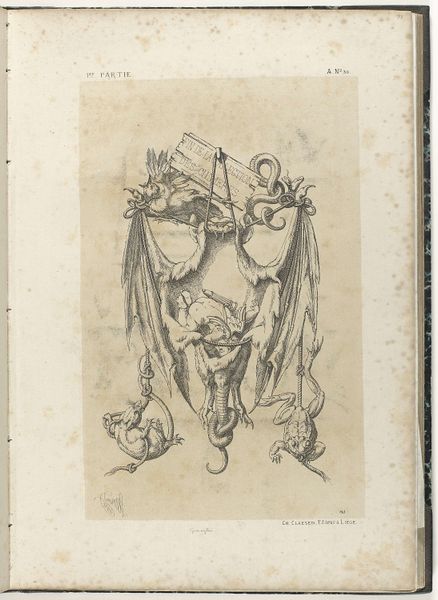
drawing, print, ink, engraving
#
portrait
#
drawing
#
baroque
# print
#
figuration
#
ink
#
history-painting
#
engraving
Dimensions: height 134 mm, width 200 mm
Copyright: Rijks Museum: Open Domain
Curator: Editor: So, here we have "Three Figures with Head Coverings," an ink and engraving print by Denis Boutemie, dating back to 1636. It’s interesting how the meticulous detail contrasts with what feels like a playful, almost whimsical approach to headwear. What strikes you about it? Curator: I'm immediately drawn to the material implications of printmaking in the 17th century. Engraving, the labor, the reproducibility—how does the democratization of images through prints shift the power dynamic between artist, patron, and audience? Do these fantastic hats point to social aspiration? Editor: That’s a good point, thinking about accessibility through prints, making them for broader distribution. How does the choice of material influence our perception, considering painting would’ve been much more precious, perhaps? Curator: Precisely. Ink and paper inherently democratize image consumption compared to the oil and canvas of the elite. This challenges the art world’s traditional high/low culture divide. Think about the artist's labour – each line etched by hand, multiplied across editions. Who had access to this process, what purpose was served by it, and whom did it serve? Is Boutemie engaging in social critique or flattery through these depictions? Are these aspirational garments? Editor: Hmm, so are you suggesting that, maybe these "figures" aren't about individual representation so much as comments on larger social structures that dictated taste and, maybe even the display of status and power at the time? Curator: Exactly. The materiality—ink, paper, the act of printing— becomes a powerful tool for communicating and shaping societal values, possibly revealing the production methods more than the subject themselves. What does the ability to circulate these images mean in terms of early media consumption and societal influence? Editor: I hadn't considered that direct tie between material and critique before. Thinking about these “figures” in the context of readily-available engravings makes the whole piece seem far more…critical. Curator: I think understanding those manufacturing constraints allows us to re-examine these seemingly fantastical portraits and see deeper commentary.
Comments
No comments
Be the first to comment and join the conversation on the ultimate creative platform.
